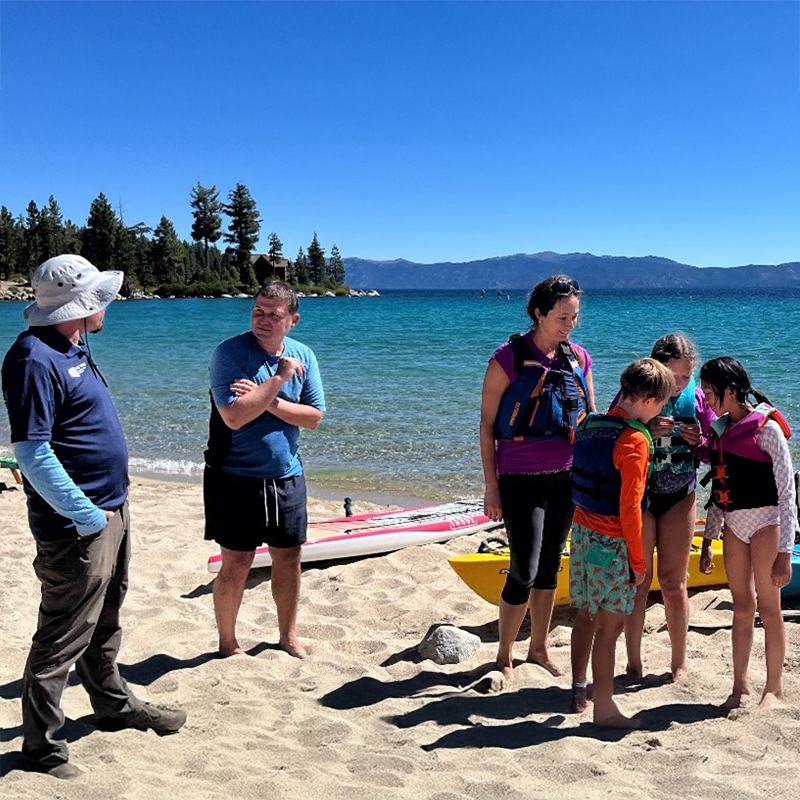Lake Tahoe, Nev./Calif. — As the Lake Tahoe boating and paddling season wraps up, agencies leading the Lake Tahoe Aquatic Invasive Species (AIS) program are tallying up the 2024 watercraft inspection season and taking stock of the growing threat of AIS in the Tahoe Region.
The Tahoe Regional Planning Agency (TRPA) and the Tahoe Resource Conservation District (Tahoe RCD), which manage the watercraft inspection program, reported today that staff inspected over 5,600 vessels since January and intercepted 59 vessels with AIS on board. Though this is an increase from the 46 vessels found with AIS in 2023, it is nowhere near the record of 129 vessels in 2021. Boaters, paddlers, anglers, and beachgoers all help lower the risk of AIS by following the Clean, Drain, and Dry protocol.
Since the program’s inception in 2008, trained watercraft inspectors have cleared 118,000 boats to launch, safeguarding native species and habitat, as well as Lake Tahoe’s famous clarity.
Among the vessels intercepted with AIS this year, 17 were found with quagga or zebra mussels, a devastating species that has never been detected in Lake Tahoe. Inspectors are kept informed of regional high-risk waterbodies and trained to screen for all non-native species, including invasive golden mussels that were detected in the San Joaquin-Sacramento River Delta in October of this year.
“We are fortunate to have a comprehensive inspection program at Tahoe, but it takes everyone working together to protect our waters from the damage that invasive species can inflict,” said Dennis Zabaglo, AIS program manager at TRPA. “With the recent discovery of New Zealand mudsnails in Lake Tahoe and golden mussels in the Bay-Delta, we must stay vigilant and ensure existing protocols will continue to prevent the spread of any mussel into the Lake Tahoe Region.”
If vessels are not Clean, Drain, Dry or if a boat has a ballast system like a ski or wake boat, it will undergo a decontamination process. This year, boaters continued to do their part, as 59 percent of motorized vessels arrived Clean, Drain, and Dry.
How Things Changed: New Zealand Mudsnails
The discovery of invasive New Zealand mudsnails on the South Shore of Lake Tahoe in 2023 prompted TRPA and Tahoe RCD to enact an award-winning rapid response plan to contain the new invasives and keep them from spreading to other lakes and other areas of Lake Tahoe. In addition to Clean, Drain, and Dry, the AIS program emphasized the mantra “Spill Where You Fill” to prevent the movement of New Zealand mudsnails around Lake Tahoe via ballast water or fish wells. New procedures at boat ramps require boaters to drain water, remove vegetation, and examine anchors and line upon exit from Lake Tahoe.


